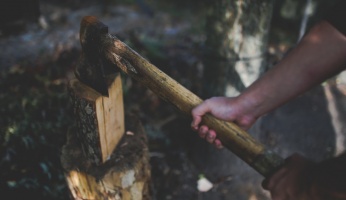The Number 1 Reason Why You Should Take a Hunting Course
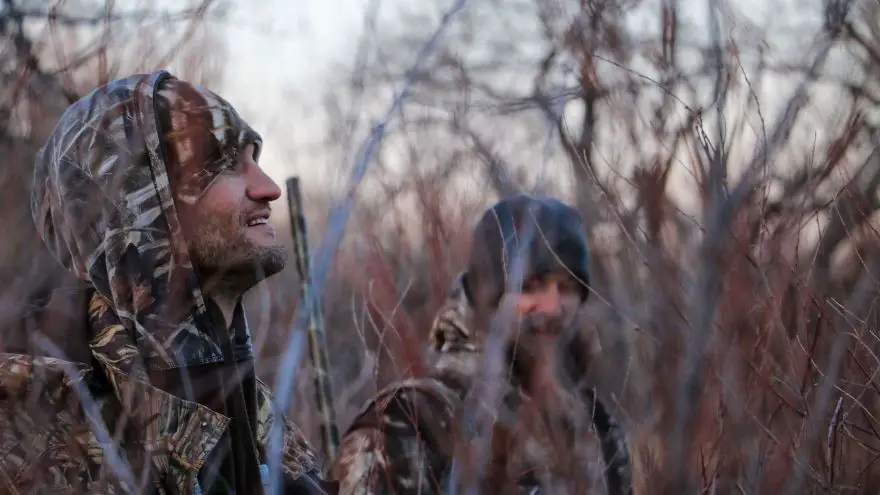 The Number 1 Reason Why You Should Take a Hunting Course
thegearhunt.com
The Number 1 Reason Why You Should Take a Hunting Course
thegearhunt.com
Today we are going to talk about why you need to take a hunting course. Before we do that though, let’s take a look at the sport itself and talk about some of the myths vs. the facts.
Wildlife management and hunting in the US are both heavily influenced by interests for hunting that are bent on the image of hunting and trying to convince the public that hunting isn’t just an activity that is necessary, but that it is also noble. Let’s try to sort out a few facts from the myths.
We Need to Hunt Deer Because There Are Too Many of Them
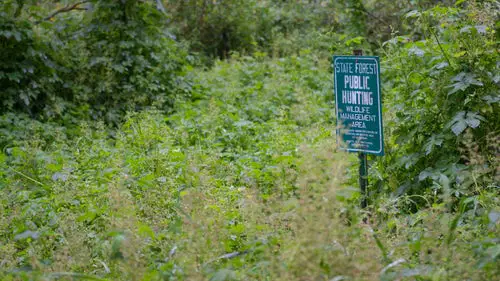 Most people say they are overabundant. That isn’t a scientific word though and it doesn’t mean that there is an overpopulation of this majestic animal. The term overabundant is one that is used by state wildlife agencies and hunters to try and convince the public that these creatures need to be hunted, even though, biologically speaking, they aren’t overpopulated and in spite of the fact that the population of deer is inflated artificially.
Most people say they are overabundant. That isn’t a scientific word though and it doesn’t mean that there is an overpopulation of this majestic animal. The term overabundant is one that is used by state wildlife agencies and hunters to try and convince the public that these creatures need to be hunted, even though, biologically speaking, they aren’t overpopulated and in spite of the fact that the population of deer is inflated artificially.
If ever the deer do happen to overpopulate an area, their numbers will naturally be thinned out due to things like lower fertility, disease, and starvation. Survival of the fittest in action. This is true when it comes to all animals, and it is the way in which evolution works.
Wild Lands Are Paid For by Hunters
Hunters in the US make the claim that they pay for the wild lands in this country, in actuality, they only pay for a little bit of it. Nearly 90% of the lands that make up the National Wildlife refuges have been owned by the government from the start, so there were no funds needed to purchase them. In reality, hunters have paid for 0.3%, yes, that is 3/10 of a percent of all of the lands in those refuges. Wildlife management lands in each state tend to be partially funded by the sales of hunting licenses, but they are also funded by money that comes from the state’s budgets along with funds from the Pittman-Robertson Act. Those come from a tax that is placed on ammunition and firearms. The funds from this act are distributed to each state and can be used to acquire land, but most of this money comes from people who don’t hunt because only a small percentage of gun owners actually hunt.
Hunters Keep the Population of Deer in Check
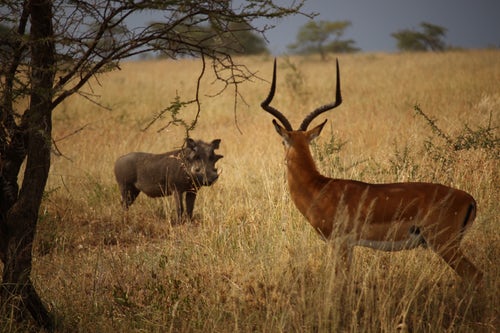 Due to the methods that the state wildlife agencies manage the population of game animals, hunters actually keep the population of the deer high. The wildlife management agency in each state will make some or even all of their money from hunting license purchases. Most of them also have mission statements that state explicitly that they are meant to provide hunting opportunities that are recreational. In an effort to keep those hunters happy, and to sell hunting licenses, each state artificially boosts the population of deer. They do this by clearcutting forests in an effort to give the deer that edge habitat they seem to prefer as well as by leasing lands out to local farmers with the stipulation that those farmers grow crops that are preferred by the deer.
Due to the methods that the state wildlife agencies manage the population of game animals, hunters actually keep the population of the deer high. The wildlife management agency in each state will make some or even all of their money from hunting license purchases. Most of them also have mission statements that state explicitly that they are meant to provide hunting opportunities that are recreational. In an effort to keep those hunters happy, and to sell hunting licenses, each state artificially boosts the population of deer. They do this by clearcutting forests in an effort to give the deer that edge habitat they seem to prefer as well as by leasing lands out to local farmers with the stipulation that those farmers grow crops that are preferred by the deer.
Lyme Disease is Reduced by Hunting
Hunting doesn’t reduce the incidents of this condition. However, pesticides that target deer ticks are quite effective when it comes to fighting it. This condition gets spread to humans by the ticks that bother deer, but the disease itself doesn’t actually come from the deer but from mice. Also, these ticks mainly spread to humans not from deer, but from mice. Neither the Lyme Disease Foundation nor the American Lyme Disease Foundation recommends that people hunt in an effort to prevent this malady. Beyond that, even if the disease were spread by the deer, hunting wouldn’t fight it due to the fact that hunting actually creates an incentive for the wildlife management agencies in each state to ensure that the population of deer increases.
Hunting is a Necessary Thing and Actually Replaces Natural Predators
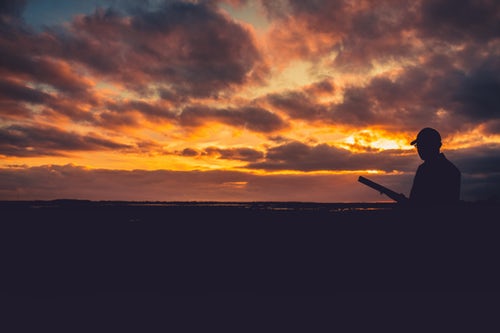 When it comes to natural predators, hunters are quite different. Because of the fact that hunters have the advantage of technology, they don’t usually target animals that are old, sick, or small. Hunters tend to go for the strongest and largest individuals that have the biggest horns or the largest antlers. Because of this, it has led to a sort of reverse evolution. This means that the population grows weaker and smaller. You can already see this effect in bighorn sheep and elephants.
When it comes to natural predators, hunters are quite different. Because of the fact that hunters have the advantage of technology, they don’t usually target animals that are old, sick, or small. Hunters tend to go for the strongest and largest individuals that have the biggest horns or the largest antlers. Because of this, it has led to a sort of reverse evolution. This means that the population grows weaker and smaller. You can already see this effect in bighorn sheep and elephants.
Additionally, hunting destroys the natural predators. Animals like bears and wolves are killed routinely as an attempt to naturally boost populations of game animals such as caribou, moose, and elk for the humans to hunt.
Hunting is Safe
Some hunters enjoy pointing out that for people who don’t hunt that there is an extremely low fatality rate. However, the thing that they don’t account for is that no sport should have any sort of fatality rate at all for those who don’t participate in it. For example, things like swimming and football might have a high rate of injury for those who participate, but for those who don’t participate, they aren’t injured or killed from a half mile away. The only sport that endangers communities is hunting.
Hunting is a Solution for Factory Farming
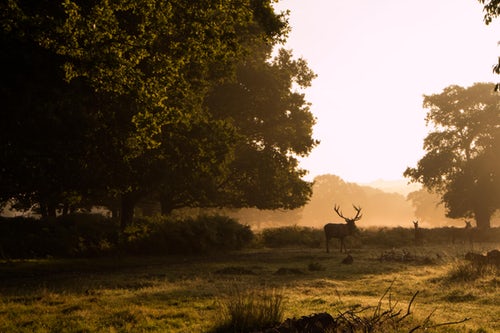 Hunters seem to enjoy pointing out that any animals that they eat had a good chance at surviving and lived a wild and free life before they were killed, unlike their counterparts that were factory farmed. This particular argument doesn’t take into consideration the quail and pheasants who had been raised in captivity before being released at announced locations and times solely for the hunters to shoot. Animals used to ensure that the hunting grounds owned by the states have very little chance at surviving and were raised as captives, just as chickens, pigs, and cows are raised in barns and pens. Yes, it might be the case that pigs in gestation stalls don’t have as good a quality of life as wild deer, hunting is far from being a solution to this type of farming due to the fact that it can’t possibly be scaled up. The sole reason that hunters have the ability to eat those wild animals regularly is that there is only a small fraction of the population that hunts. If all Americans simultaneously made the decision to begin hunting, the wildlife would be decimated very quickly. Additionally, from the perspective of animal rights, it doesn’t matter what type of life the creatures had, the killing cannot be justified or humane. The true solution to factory farming is for everyone to go vegan.
Hunters seem to enjoy pointing out that any animals that they eat had a good chance at surviving and lived a wild and free life before they were killed, unlike their counterparts that were factory farmed. This particular argument doesn’t take into consideration the quail and pheasants who had been raised in captivity before being released at announced locations and times solely for the hunters to shoot. Animals used to ensure that the hunting grounds owned by the states have very little chance at surviving and were raised as captives, just as chickens, pigs, and cows are raised in barns and pens. Yes, it might be the case that pigs in gestation stalls don’t have as good a quality of life as wild deer, hunting is far from being a solution to this type of farming due to the fact that it can’t possibly be scaled up. The sole reason that hunters have the ability to eat those wild animals regularly is that there is only a small fraction of the population that hunts. If all Americans simultaneously made the decision to begin hunting, the wildlife would be decimated very quickly. Additionally, from the perspective of animal rights, it doesn’t matter what type of life the creatures had, the killing cannot be justified or humane. The true solution to factory farming is for everyone to go vegan.
Why You Need to Take a Hunting Course
Most wildlife offices for each state offer some sort of hunter safety course both for amateur and experienced hunters. Since this began, incidents of hunting accidents have fallen by half, and most of that has been just in the past 2 decades – the time when states began to require hunters with no experience to take this course. These classes that are highly beneficial are offered throughout the entire year and in most counties. They are taught by volunteers who have been certified, hunter education specialists, and wildlife officers. If you take these classes and pass the test that is required at the culmination of the course, you will obtain certification that will be accepted in each state and province on the continent of North America. In most of the states, there isn’t a minimum age, but these tests are geared for 6th grade and the final has to be completed with no help. The classes tend to be around 6 hours in length and most states will allow you to take a class online for a fee as opposed to the free one in a classroom. That being said, even if you take the online version of the class, you will still need to take the test at a local testing facility.
These classes are about more than just gun safety. They are a chance to learn the responsibility and proper ethics that we need to know as borrowers of both the land and the bounty it offers. The courses touch on things like the conservation of land and the management of wildlife. It can provide you will the resources and information that you will need in case you want to dig even deeper into these things. Many of the kids who take the classes tend to enjoy the identification tools for wildlife that they get for their particular locale. Additionally, they teach things like first aid skills and survival skills that might often be overlooked by quite a few hunters. These are things that can be good to know whether or not you hunt. Depending on who actually instructs the class you take, you may gain information regarding how to properly handle lost hunting dogs on your property, specialty hunting information – such as hunting with dogs, or even tree stand safety.
When it comes to safety in regard to hunting, knowledge is everything. The past years have proven that responsibility is something that is taught and the involvement you have with a hunter safety course is something that we can’t afford to overlook.
Firearms Safety Course
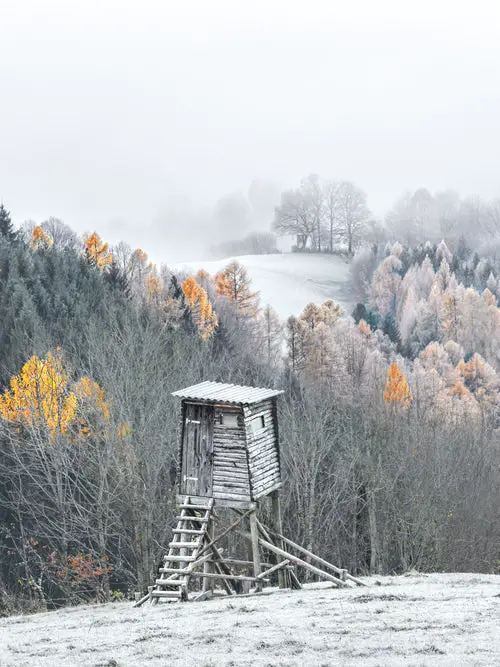 Some states have firearms laws that say that if you want to carry a concealed weapon or even purchase a gun, you need to pass a test that will prove your knowledge of and proficiency with guns. Most of the time, passing tests of this nature will require that you attend a course on the subject of firearm safety that will provide you with the information you need regarding the purchase and use of firearms.
Some states have firearms laws that say that if you want to carry a concealed weapon or even purchase a gun, you need to pass a test that will prove your knowledge of and proficiency with guns. Most of the time, passing tests of this nature will require that you attend a course on the subject of firearm safety that will provide you with the information you need regarding the purchase and use of firearms.
Even if you aren’t planning to get a concealed carry permit, attending a safety course such as this would still be a good idea if you want to purchase a gun. Even though firearm laws might not require it if the gun you want to buy isn’t restricted, the knowledge you gain could be useful.
Regardless of whether a safety course for firearms is something that is a requirement according to the firearm laws in your state if you plan to purchase a gun, it is always a good thing to take a course.






